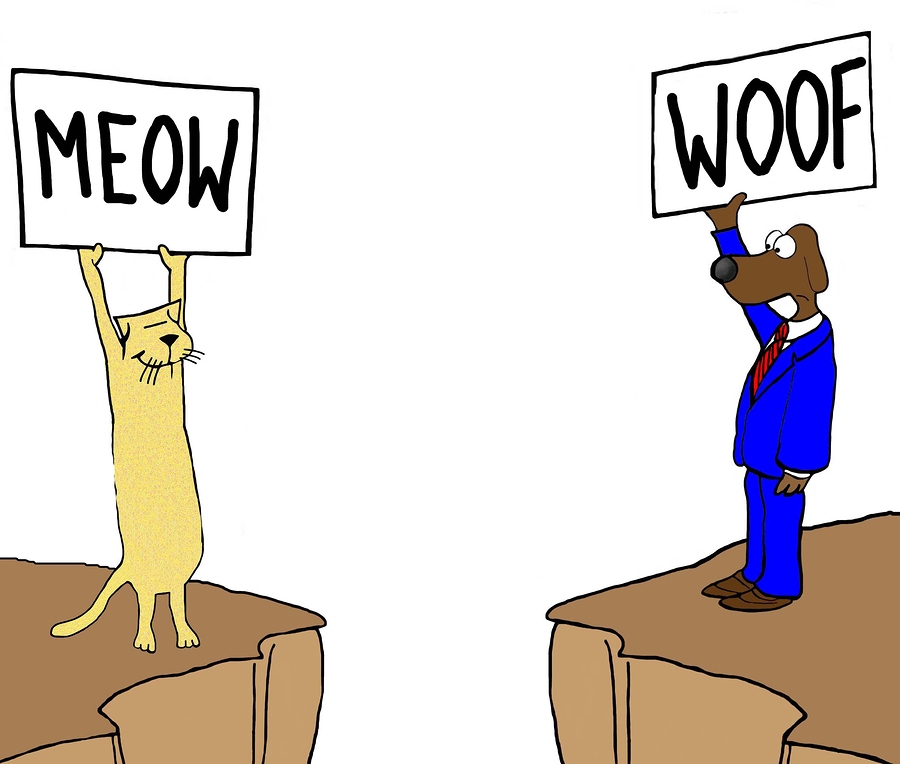When approaching agents and editors, sometimes even veteran authors are unsure if there is some unwritten rule they may unwittingly violate. I assure you, all of us in the industry appreciate your thoughtfulness. But we don’t want fear to cause you to miss an opportunity!
Over the past few conferences, one statement I heard often is:
“I was already turned down by someone else at your agency. I thought I couldn’t submit to anyone else there.”
My answer is, “Yes you can submit to someone else here.”
You can even submit the same proposal. All of us have different personalities, strengths, and interests. What appeals to one of us might not resonate with another.
I won’t be upset if an author who’s been turned down by Steve Laube, Dan Balow, or Bob Hostetler, approaches me. Note that recently an author who Steve turned down eight months earlier was signed by Dan…using a different book idea.
I would appreciate knowing who’s seen your work, though. Again, all of us have different tastes and what makes one of us want to sign you yesterday might make another one of us wonder what the excitement is all about.
I’ve been an agent for too long for me to be hurt when I’m not someone’s first choice. Of course, I love being an author’s dream agent, too!
I will offer a couple of tips in approaching us:
- Research our brands before submitting. I’ve been an agent since 2001, when the term “brand” more or less meant whether you prefer Pepsi or Coke. Because of my tastes and specific success, I have become known for representing works of interest to Christian women, emphasizing romance in fiction and soft issues in nonfiction. However, I also represent books aimed primarily at men. Not sure if I’ll like a project? Try me!
- Don’t submit to all of us at once. We don’t hold a weekly meeting where we say, “Here are the proposals all of us received. Let’s fight over who’ll represent these authors.” Rather, submitting to all of us causes confusion, more work for yourself and us, and is likely to cause your proposal to be ignored.
- Don’t submit to two of us at once. Fewer agents, same issues as above.
- Yet we’re a team. If you meet one of us at a conference and we think a project is an obvious fit for another person in our agency, we’ll let you know.
All of us here want you to be with the right agent. Whether you find a home with us or with another great agency, we pray that you will find that perfect fit.
Your turn:
Are you looking for an agent? What tips can you offer?
How did you find your agent?
Does your agent have a brand? How would you define that brand?











